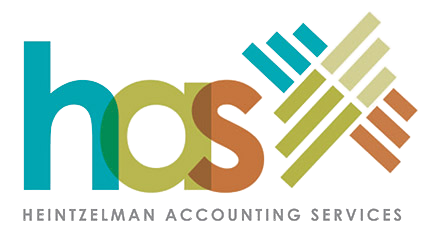| Article originally published by Forbes: https://bit.ly/2PMRH9S |
|
The Tax Cuts and Jobs Act (TCJA) made a number of changes that affect the tax burden of families. However, those changes did lead to some questions. Today the Internal Revenue Service (IRS) announced that it intends to issue proposed regulations to clarify who is a qualifying relative for the new $500 credit for dependents and head of household filing status.
Here’s the quick background. The TCJA eliminated personal exemptions. Personal exemptions used to decrease your taxable income before you determined your tax. You were generally allowed one exemption for yourself (unless you could be claimed as a dependent by another taxpayer), one exemption for your spouse if you filed a joint return and one personal exemption for each of your dependents.
Under the TCJA, there are no more personal exemption amounts. That feels like a blow to families with children. To make up the difference, the existing Child Tax Credit was expanded. In addition to increasing the credit, the income limitations were raised. For married taxpayers filing a joint return, the phase-out now begins at $400,000 and is $200,000 for all other taxpayers (there is no separate threshold for heads of household). Phase-outs means that the credit is reduced as your income increases.
But what about families without qualifying children, including those whose children have aged out of the Child Tax Credit? Under tax reform, there is an additional $500 nonrefundable credit called the Credit for Other Dependents or “family credit” which allows you to claim a credit for dependents in your household that don’t meet the definition of qualifying child. (You can find out more the Child Tax Credit and the Credit for Other Dependents here.)
|
|
The definitions and criteria for dependents, qualifying children and qualifying relatives remain largely the same as before. But here’s the confusing part. Under 26 U.S. Code §152(d)(1)(B), a qualifying relative includes an individual “whose gross income for the calendar year in which such taxable year begins is less than the exemption amount.”
There is no personal exemption amount anymore, and it’s pretty impossible to have income less than zero. As a result, the proposed regulations will make it clear that the reduction of the personal exemption amount (to zero) will not be taken into account to figure dependency for purposes of the $500 credit.
Similarly, the reduction of the personal exemption amount (to zero) will not be taken into account to figure dependency as it relates to head of household status. (You can read more on filing status here.)
Instead, the exemption amount for the application of these provisions will be treated as $4,150, as adjusted for inflation, for years in which the exemption amount is zero (2018 through 2025).
According to the IRS, this interpretation is consistent with 26 U.S. Code §151(d)(5), which states that “[f]or purposes of any other provision of this title, the reduction of the exemption amount to zero under subparagraph (A) shall not be taken into account in determining whether a deduction is allowed or allowable, or whether a taxpayer is entitled to a deduction, under this section.”
The IRS intends to release proposed regulations which outline these changes. Until then, you can rely on the rules described above, and memorialized in Notice 2018-70 (You can see it here).
|


Recent Comments